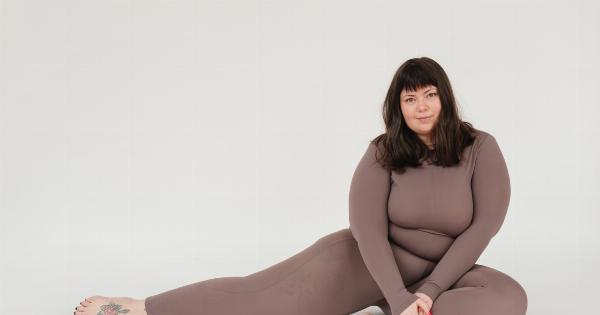Cellulite is a common skin condition that affects millions of people worldwide. Despite its prevalence, there are still many myths and misconceptions surrounding this issue.
In this article, we’ll be discussing ten of the most common cellulite myths and debunking them once and for all.
Myth 1: Only overweight or obese people get cellulite
This is one of the most common myths about cellulite. While excess weight can certainly contribute to the development of cellulite, it’s not the only factor.
People of all shapes and sizes can experience cellulite, regardless of their body mass index.
Myth 2: Cellulite only affects women
Although cellulite is more commonly seen in women, it can affect men as well. The reason why women tend to be more prone to cellulite has to do with differences in the way their bodies store fat.
Women’s bodies tend to store more fat in the lower body, which can lead to increased cellulite formation in those areas.
Myth 3: Topical creams and lotions can cure cellulite
There are countless products on the market that claim to cure cellulite. While some of these products may provide temporary improvements in the appearance of cellulite, they cannot cure it.
The only way to truly get rid of cellulite is through a combination of exercise, healthy eating, and potentially, medical treatments.
Myth 4: Cellulite is a result of poor circulation
This is another common misconception about cellulite. While poor circulation can contribute to the development of cellulite, it’s not the primary cause.
Cellulite is actually caused by a combination of factors, including genetics, hormones, and lifestyle habits.
Myth 5: Tanning can hide cellulite
Many people believe that tanning can help to hide the appearance of cellulite. While it’s true that a tan can make the skin look smoother and more even, it’s only a temporary solution.
As the tan fades, the cellulite will become more noticeable once again.
Myth 6: You can spot-reduce cellulite with exercise
Unfortunately, spot-reducing is not possible when it comes to cellulite. This means that even if you do targeted exercises for your thighs or buttocks, you may still experience cellulite in those areas.
The best way to minimize the appearance of cellulite is to incorporate overall body strength training and cardio as part of a healthy exercise routine.
Myth 7: Cellulite is caused by toxins in the body
There is no scientific evidence to support the idea that toxins in the body cause cellulite. While it’s important to maintain good overall health through proper nutrition and hydration, detoxing your body will not eliminate cellulite.
Myth 8: Liposuction can get rid of cellulite
Liposuction is a popular cosmetic procedure that involves removing fat from the body. While liposuction can certainly remove fat cells, it’s not an effective treatment for cellulite.
In fact, liposuction may actually make the appearance of cellulite worse in certain cases.
Myth 9: Cellulite is a sign of poor health
While cellulite may be unwelcome from a cosmetic perspective, it’s not necessarily a sign of poor health. Many people who maintain an excellent diet and exercise regimen still experience cellulite.
It’s important to remember that cellulite is a common condition that affects many people, regardless of their overall health status.
Myth 10: Cellulite is permanent and cannot be treated
Contrary to popular belief, cellulite can be treated. While there is no cure for cellulite, there are a variety of medical treatments that can help to reduce its appearance.
These treatments include laser therapy, radiofrequency treatments, and even surgery in extreme cases. It’s also possible to minimize the appearance of cellulite through lifestyle changes like diet and exercise.































